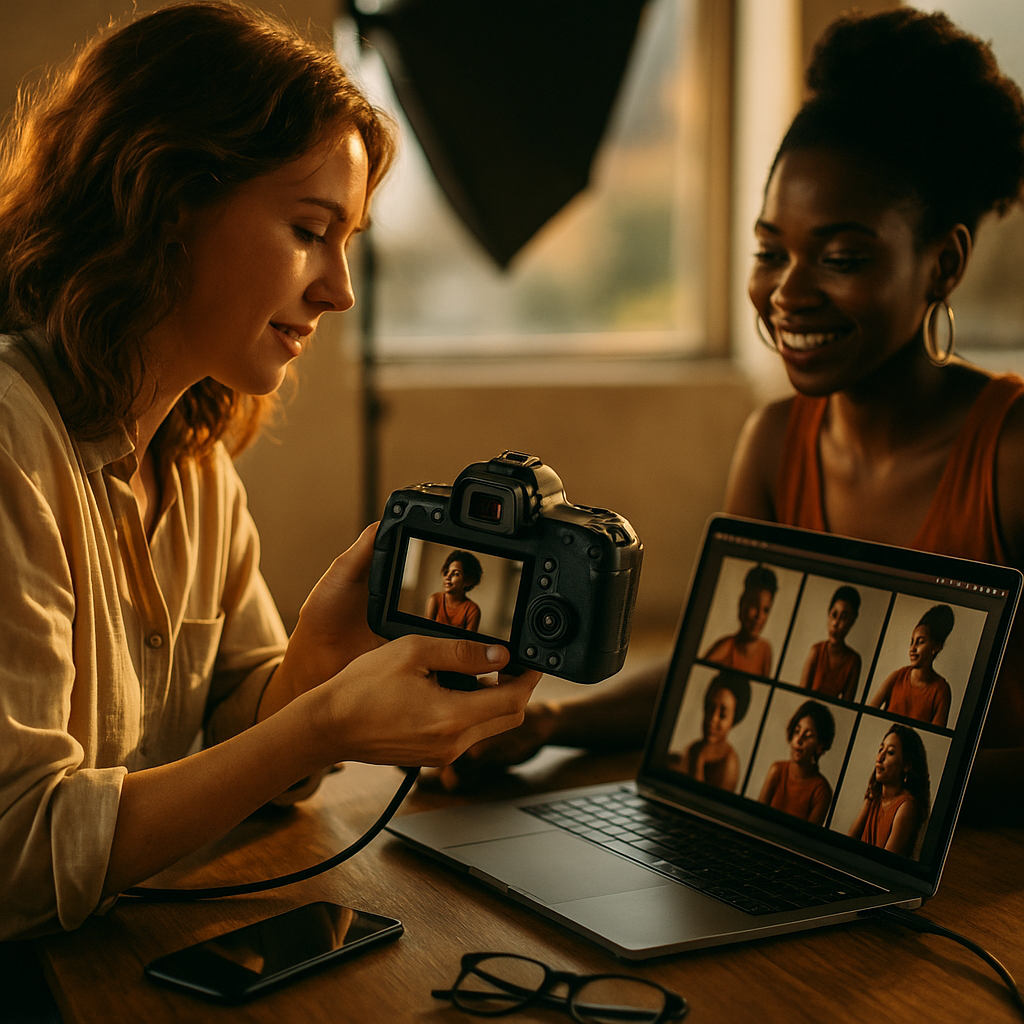Brand photography style can be the difference between a forgettable brand and one that inspires trust and connection. If you’re ready to make your visuals both aspirational and relatable, this comprehensive guide will show you how to craft a signature look that resonates—and converts. Let’s dive into the elements that turn ordinary images into unforgettable brand assets.
Understanding the Power of Aspirational Imagery in Brand Photography
Aspirational images draw audiences in by showcasing a desirable lifestyle, emotion, or outcome. According to recent marketing surveys, consumers are twice as likely to engage with brands whose visuals evoke feelings of possibility. In 2025, brands blending lofty aspirations with realism build trust and inspire action. Recognize that “aspirational” does not mean unattainable; it means motivating your ideal customer.
Your photography should suggest: “This can be you.” Consistently review your target audience’s hopes and the subtle signals that move them, from sophisticated settings to skillful storytelling. Brands like Allbirds and Glossier excel here, offering subtle markers of success while maintaining everyday approachability.
Balancing Relatability with Aspiration in Brand Photoshoots
The most effective brand photos strike a balance between aspirational allure and authentic relatability. Too much gloss feels out-of-reach; too much realism, and your brand risks blending in. Begin by mapping out your core brand values and customer personas. What authentic moments do your customers experience—both the ordinary and the exceptional?
- Environments: Use familiar locations, like local cafes or urban parks, to ground your message.
- People: Feature diverse, real individuals whose lifestyles mirror your audience.
- Details: Highlight everyday objects or subtle imperfections to convey authenticity.
Strategically blending these elements ensures your brand feels inviting, not intimidating. This approach has been shown to increase social media engagement by up to 40% over stylized stock photography.
Establishing a Consistent Visual Language for Brand Identity Photography
To build recognition and authority, your brand identity photography must speak a consistent visual language. Consistency reassures viewers and cements your place in their memory. Develop signature elements such as:
- Color Palette: Choose 3-5 complementary tones that evoke your brand’s energy.
- Lighting Style: Soft daylight communicates approachability; bold contrast adds drama. Pick what aligns best with your brand’s mood.
- Composition Rules: Decide on framing—wide shots for openness, close-ups for intimacy—and use intentionally.
- Edit and Retouching Workflow: Maintain cohesion by editing all images with consistent processes and filters.
In 2025, smart brands document these pillars in a visual style guide shared with all content creators. This ensures every campaign, whether shot in-house or by a freelancer, upholds your distinctive style.
Telling Resonant Stories with Lifestyle Brand Photography
Lifestyle brand photography goes beyond product shots. It weaves your brand narrative into real-life scenarios, showing products or services in genuine use. This relatability fosters emotional bonds. Think of a fitness brand showing real athletes at community races, or a tech startup depicting founders collaborating over coffee.
Plan shoots around moments your viewers aspire to—and can genuinely see themselves experiencing. Use candid, in-motion shots rather than stiff posed images. According to a 2025 consumer insights report, authenticity and candid storytelling drive brand loyalty among Gen Z and Millennials alike.
Choosing the Right Team for Aspirational Yet Relatable Brand Image Creation
The right creative team makes or breaks your brand image creation efforts. Look beyond portfolios—seek out professionals who understand your market, messaging, and customers. This includes photographers, stylists, models, and editors. At your first consultation, review your visual style guide and reference past campaigns or mood boards to align expectations.
Collaborate closely on concepts, shot lists, and post-production preferences. Whether you’re working with freelancers or an in-house team, frequent feedback loops lead to images that embody both aspiration and relatability. Investing here will save time and money while elevating your visual assets.
Measuring Success and Evolving Your Brand Photography Style
To ensure your brand photography continues to perform, regularly review key metrics such as:
- Website engagement and conversion rates on image-driven pages
- Social media shares, saves, and comments linked to photo-based posts
- Customer feedback and direct comments about brand visuals
Trends shift quickly—what’s aspirational in early 2025 may seem dated by year’s end. Remain agile. Survey your audience and analyze which images or campaigns resonate. Use this insight to refresh your visual guidelines annually and maintain an effective, inspiring brand identity.
FAQs: Creating an Aspirational yet Relatable Brand Photography Style
-
Why should brand photography be both aspirational and relatable?
Combining aspiration and relatability inspires your audience to engage while assuring them your brand understands their world—making them more likely to connect and convert.
-
How can I make my brand photos appear more authentic?
Feature real people, use candid moments, and highlight imperfections rather than over-editing. Select relatable settings and encourage genuine expressions during shoots.
-
What role does editing play in maintaining consistency?
Consistent editing—using the same color grading, contrast, and cropping—ensures your images look cohesive across all platforms and campaigns, reinforcing your brand identity.
-
How often should I update my brand photography style?
Review your style annually or after any major rebranding. Track engagement metrics and audience feedback; refresh your visuals when trends shift or your audience evolves.
-
Do I need a professional photographer?
For best results and to achieve a unique, polished, and consistent style, working with a professional is recommended—especially one who specializes in brand photography for your industry.
Create a brand photography style that guides your audience from admiration to action by marrying aspiration with relatability. Invest in thoughtful planning, a cohesive visual language, and ongoing measurement to keep your imagery powerful and on brand in 2025 and beyond.
